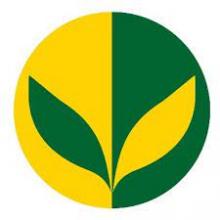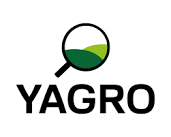A number of organisations are providing leadership in the issues and opportunities around data in the UK, including:
- Agrimetrics
- Map of Ag
- Yagro
- Origin Digital
- Telus Muddy Boots
- Landmark
- Farmplan
- Trinity Agtech
- Kisanhub
- Hutchinsons Omnia
- Soil Essentials Kore
- SOYL
- ODX
- Breedr
- GlasData
Farmers Business Network provides an interesting model from the US.
Leaf provides a single API to connect across agricultural companies and software.
Please give details of any other organisations in comments below.
AHDB has looked to establishing a Code of Practice for Data.
Data Standards are being developed internationally to try to ensure compatibility between commercial systems and datasets, including initiatives AgGateway ADAPT, Isobus, INSPIRE and Open Ag Data Alliance.
The Research Data Alliance sets out internationally standards for scientific & public datasets, based on the FAIR principles, with data being
- Findable
- Accessible
- Interoperable
- Reusable
The RDA includes IGAD - a community of practice for agriculture data. GODAN - Global Open Data for Agriculture & Nutrition promotes the support of Open Data for agriculture.
Key to the interoperability of datasets are shared ontologies. The CGIAR Platform for Big Data in Agriculture provides resources and access to relevant ontologies.
There have been various UK research projects and inititiatives seeking to integrate and derive insights from on-farm data, including:
- Soil Management Information System - AHDB, Cranfield University & others
- Hestia - University of Oxford
- Yield Enhancement Network - ADAS & others
- Consus - Origin Enterprises collaboration with UCD
- ASSIST - CEH & Rothamsted
Let us know of others in comments below, or join this page to add and edit content and links.















Discussion
Great example of data integration by Dyson Farming working with partners:
Thanks for sharing! Digica | AI powered software
Interesting views on value of farm data in this twitter thread…
This could be a really important development from Yara's Varda and Syngenta - Getting to a common addressing system for every field is something we've been dreaming of for years...